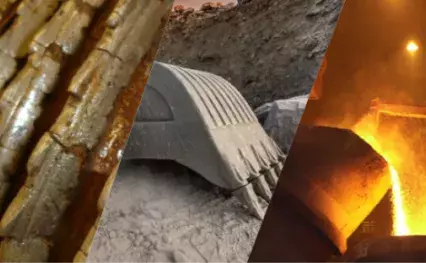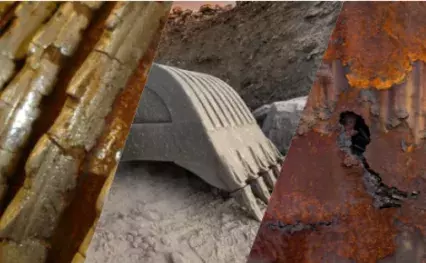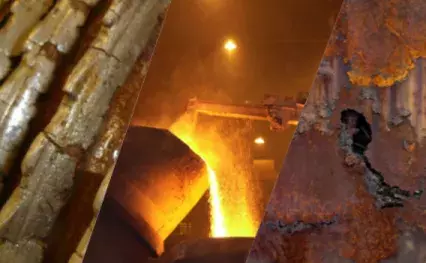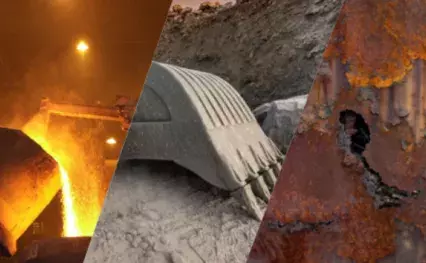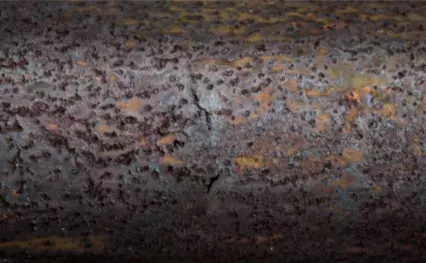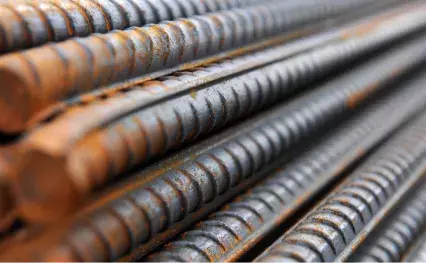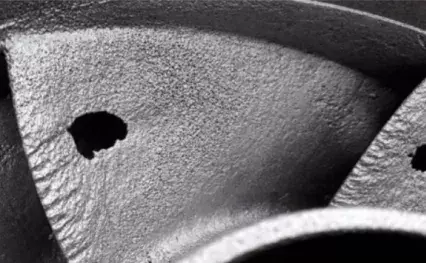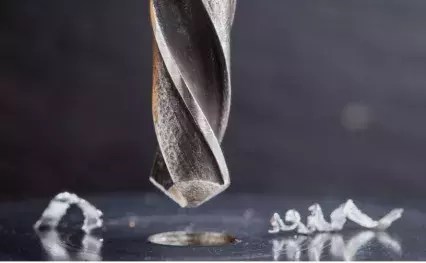Welding
Select wear phenomena
Abrasion is the most common form of wear found in the industry and also the most common problem reported by our customers. Wear by impact is the result of successive high-shock loads locally on the surface.
In abrasive wear, material is removed or displaced from a surface by hard particles. Corrosion is really a science on its own. Almost all corrosion is the result of a chemical attack or oxidation.
Service under high temperature conditions is an accelerating factor for most wear mechanisms. Heat can cause the chemical oxidation of the surface, with subsequent wear taking place by the formation of an oxide layer.
Impact wear is due to percussion, which is the repetitive exposure to dynamic contact by another solid body. Corrosion is a surface attack, which can be stopped or reduced if the surface is protected.
Erosion is caused by hard particles striking the surface, either carried by a gas stream or entrained in a flowing liquid. The extent of the wear depends on the number, hardness and mass of the individual particles striking the surface, their velocity and angle of impact.
Fatigue wear to the surface of a body is resulting from cyclical high-load, pressure or shocks which weaken the metallurgical structure. The changing stresses, resulting in either elastic or plastic deformation, will provoke the formation of cracks under the surface.
Cavitation is the formation of vapour bubbles within a liquid at low-pressure regions that occur in places where the liquid has been accelerated to high velocities. This happens for instance in the operation of centrifugal pumps, water turbines, and marine propellers.
Frictional wear results from the sliding or rolling contact of one metal surface against another. Fretting is a type of frictional wear, but instead of a sliding/rolling contact it is a oscillatory motion of small amplitude, usually tangential, between two solid surfaces.

